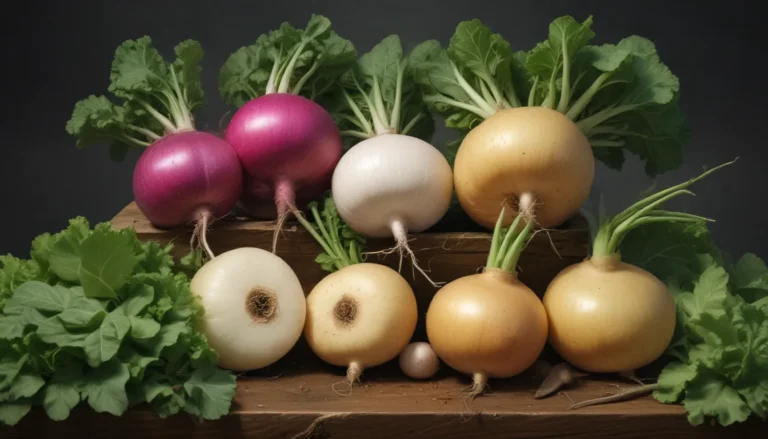Safely Spraying your Garden: A Comprehensive Guide to Pesticides and Organic Alternatives

Gardening is a rewarding and fulfilling hobby, but it comes with its fair share of challenges. A common issue many gardeners face is dealing with pests that can wreak havoc on their plants. Pesticides and chemical applications are often seen as quick solutions to these problems, but how can you ensure safe and effective use?
In this guide, we’ll explore the safe application of garden chemicals, as well as organic alternatives that can help you maintain a healthy garden without harming the environment.
Understanding Pesticides: What Do They Do?
Pesticides are chemicals used to control, deter, and regulate populations of pests such as insects, animals, and plants. While they can be effective in managing pest populations, there are concerns about the environmental impact of synthetic compounds.
It’s important to approach pesticide use with caution and consider alternative methods that are safer for both your garden and the environment.
Integrated Pest Management: Developing a Plan
Integrated Pest Management (IPM) is a strategic approach that combines cultural, mechanical, and biological controls to prevent and manage pest problems. By incorporating various tactics into a designated plan, you can effectively address pest issues without relying solely on chemical applications.
Here are the key steps to successful IPM:
1. Proper Identification
Identifying the pest correctly is crucial in developing a targeted control plan. Using the wrong pesticide for the problem can be ineffective and wasteful.
2. Understanding Life Cycles
Learn about the life cycle of the pest to determine the most effective control methods at different stages.
3. Monitoring and Sampling
Regularly monitor your garden to assess the severity of pest infestations and make informed decisions about control measures.
4. Establishing an Action Threshold
Set a threshold for when intervention is necessary based on the extent of damage caused by pests.
5. Selecting Control Tactics
Choose the best combination of tactics, including cultural, mechanical, and biological controls, to effectively manage pest populations.
6. Evaluation
Evaluate the results of your control measures and adjust your plan as needed to improve effectiveness.
Cultural Control: The Foundation of Pest Management
Cultural control involves practices that reduce pest establishment and survival by creating a favorable environment for plants. These practices include proper watering, companion planting, and smart plant selection.
By maintaining diligent watering practices, providing adequate spacing for plants, and avoiding shortcuts in pest management, you can create a healthy garden ecosystem that minimizes the need for chemical interventions.
Mechanical Control: Directly Addressing Pests
Mechanical control involves using physical methods to directly kill or deter pests. This includes hand weeding, traps, and other devices that physically remove pests from the garden.
By addressing pests directly through methods such as hand-pulling weeds or setting up traps, you can effectively manage infestations without resorting to chemical applications.
Biological Control: Utilizing Natural Enemies
Biological control involves introducing natural enemies such as beneficial insects to control pest populations. Ladybugs, praying mantises, and parasitic wasps are examples of biological control agents that can help manage pest populations without the need for chemicals.
By attracting beneficial insects to your garden and using biological control methods, you can create a balanced ecosystem that naturally controls pest populations.
Chemical Control: A Last Resort
Chemical control should be considered a last resort in pest management. Before using pesticides, it’s essential to explore other control methods and ensure safe application practices.
When using chemical pesticides, always read the label carefully, follow safety guidelines, and be mindful of potential risks to the environment and human health.
Safety Measures: Protecting Yourself and the Environment
When applying pesticides, it’s important to prioritize safety and follow recommended precautions to protect yourself and the environment. Wear appropriate safety gear, including goggles, gloves, and long sleeves, to prevent exposure to chemicals.
By practicing safety measures, reading product labels, and following best practices for pesticide application, you can protect yourself, your garden, and the environment from potential harm.
Understanding Pesticide Formulations
Pesticides come in various formulations, including liquids, solids, and gels, each with specific application methods and benefits. Understanding the properties of different formulations can help you choose the most suitable product for your pest control needs.
By selecting the right pesticide formulation and following proper application techniques, you can effectively manage pest populations while minimizing environmental impact.
Final Thoughts
Effective pest management requires a holistic approach that considers the unique needs of your garden and the environmental impact of pesticides. By implementing integrated pest management practices, utilizing cultural, mechanical, and biological controls, and following safe application guidelines, you can maintain a healthy garden ecosystem without compromising the environment.
Do you have experience with pesticide application or organic pest control methods? Share your insights and questions in the comments below. Happy gardening!





